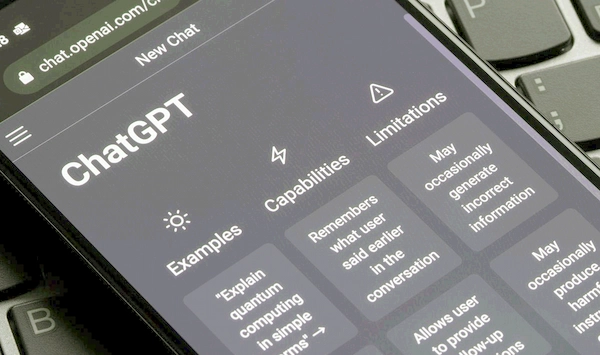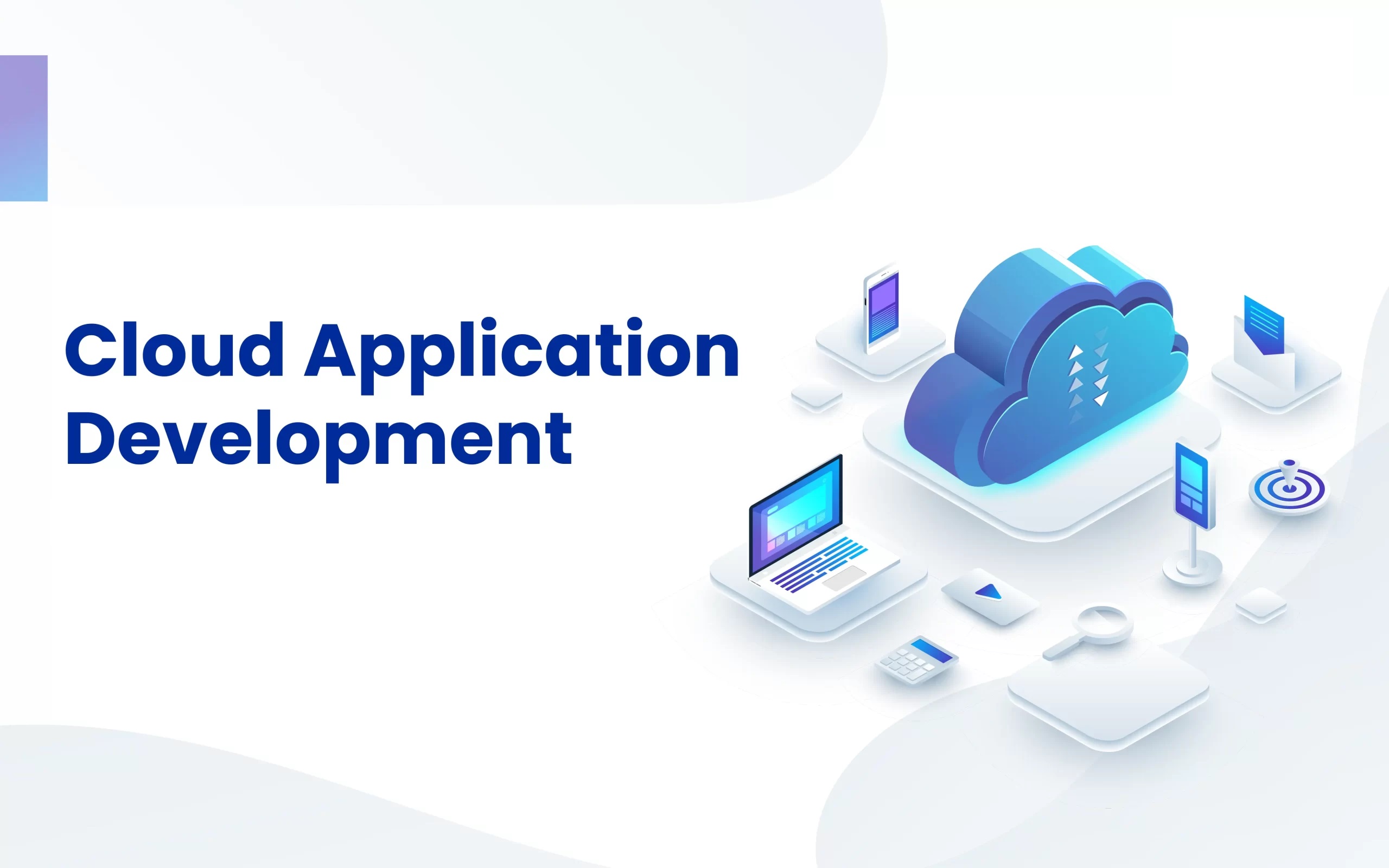Chatbots are reshaping how we interact online, keeping businesses buzzing 24/7 with smart, instant communication. Yet, the magic behind a successful chatbot lies in its ability to seem almost human, blending the art of conversation with the precision and accessibility of technology. This seamless interaction isn’t by accident — it’s the best practice of a user-first approach in chatbot User Interface (UI) and User Experience (UX).
The design challenge is substantial: according to Salesforce, 69% of consumers choose chatbots for quick brand communication, emphasizing the need for responsive and intelligent interfaces.
As businesses increasingly rely on chatbots as their primary system interface, our discussion will focus on the best practices Chatbot UX consultants use to enhance how these bots understand and interact with users. We’ll explore strategic, data-driven methods to refine chatbot conversations, ensuring they are as engaging and efficient as human interactions.
Challenges in Designing Good Chatbot UX
Creating an exceptional chatbot user experience (UX) presents several challenges that must be carefully navigated to ensure the tool is functional, engaging, and intuitive for users.
“82% of users expect chatbots to understand the context of their questions.”
- Balancing Functionality with Simplicity: Chatbots must be designed to perform complex tasks yet remain simple and intuitive for all users. Overly complex systems can deter users, while overly simplistic ones may not meet all user needs.
- Ensuring Contextual Understanding: Users expect chatbots to understand the context of the conversation. This requires advanced AI to interpret various inputs accurately and provide relevant responses.
- Data-Driven Personalization: Utilizing data to personalize conversations is crucial for enhancing user satisfaction. However, it’s a challenge to correctly implement this without compromising privacy or overwhelming the user with inappropriate suggestions.
- Maintaining Conversational Flow: Keeping the chatbot’s conversations fluid and natural is essential. This involves programming the chatbot to handle varied conversational topics and styles without losing track of the user’s needs.
- Technical Limitations and User Expectations: There is often a gap between what users expect and what chatbots can realistically deliver. Managing these expectations while continuously improving the chatbot’s capabilities is a persistent challenge.
- User Feedback and Continuous Improvement: Gathering and integrating user feedback into the ongoing development cycle can be challenging but is essential for refining UX.
- Designing for Diversity: The chatbot should be accessible to a diverse user base, which requires consideration of different languages, cultural nuances, and accessibility standards.
- Scalability and Integration: As businesses grow, chatbots must scale and integrate seamlessly with other tools and platforms, maintaining performance without sacrificing user experience.
With the adoption of ChatGPT, the standards for UX grew manifold. Factoring the abovementioned aspects is necessary to make the chatbot experience at least the expected one in 2024.
Best Practices used in ChatGPT UX

ChatGPT took the world by storm by offering an exceptional user experience. Chatbot UX consultants outline the following best practices:
- Simplifying Interactions: Streamlining chatbot UI by focusing on clarity and conciseness to avoid overwhelming users with information or options. According to research, 55% of users appreciate a chatbot that can answer their questions quickly. Businesses can increase user satisfaction and improve the overall user experience by simplifying interactions.
- Employing Natural Language: Businesses can use data on user language patterns to create chatbot interactions that mimic human communication. A study conducted by PwC found that 71% of consumers prefer interacting with a chatbot that uses natural language. Businesses can create a more engaging and comfortable user experience by employing natural language in chatbot interactions.
- Personalizing Experiences: Leveraging user data to offer personalized chatbot interactions that increase engagement and satisfaction. A study by Accenture revealed that 91% of consumers are more likely to engage with brands that provide personalized experiences. Businesses can use data to personalize chatbot interactions to foster stronger customer connections and boost engagement.
- Emphasizing Contextual Awareness: Harnessing ChatGPT’s ability to understand the context of a conversation to provide accurate and relevant responses. A survey by IBM showed that 82% of users expect chatbots to understand the context of their questions. By leveraging contextual awareness, businesses can ensure that their chatbot delivers more accurate and helpful responses, leading to a better user experience.
- Rigorous Testing: Employing user testing and data analysis to identify areas for improvement and fine-tune the chatbot UX. Research indicates that iterative testing and refining can lead to a 26% increase in user satisfaction. By rigorously testing and analyzing user interactions, businesses can identify areas for improvement and continuously enhance the chatbot UX to meet users’ needs and expectations. By applying these data-driven best practices, businesses can create ChatGPT plugins that deliver exceptional user experiences and drive customer engagement and satisfaction.
Chatbot UX Checklist
The PDLT Inspection Checklist is designed to help development teams identify defects in text-based chatbots before their release. The checklist is built around several quality attributes identified through systematic literature reviews. These attributes focus on usability and user experience (UX), which are crucial for user satisfaction and perceived system quality.
The checklist:
- Context Understanding: Evaluate whether the chatbot can understand and maintain the context of the conversation.
- Help Options: Check the availability and effectiveness of help options within the chatbot.
- Natural Language: Assesses the chatbot’s ability to engage in conversations using natural, human-like language.
- Error Handling: Designing the chatbot to handle errors gracefully and maintain the flow of conversation.
- Response Appropriateness: Looks at whether the chatbot’s responses are appropriate and relevant to the user’s inquiries.
- Responsiveness and Adaptability: Measuring if the chatbot interface is responsive and adaptable to different devices and screen sizes.
- Ease of Navigation and Accessibility: Is the chatbot easy to navigate and accessible to all users, including those with disabilities?
- Engagement: Are techniques to engage users through dynamic interactions and relevant and interesting content used?
- Personalization: To make the chatbot more relevant and engaging, the chatbot provides personalized experiences based on user data, preferences, and past interactions.
- Context Maintenance: How many messages deep does the chat retrieve the story before replying?
- Chatbot Features:
- Selection and management of preferences related to the system interface, communication style, and degree of human similarity, among other attributes.
- Option to transfer to human agents if the chatbot cannot handle a request or inquiry.
- Uses conversational tips to improve interactions and asks clarifying questions if it does not understand user input.
- The chatbot’s position on the webpage is easily locatable and accessible.
- The sources of information accompany the answers provided.
- Quick reply buttons to expedite interactions.
- Font colors are bright and contrast with the application background to enhance readability.
- Provides hyperlinks related to the topics discussed to complement the information generated by the chatbot.
You might also like
crm-erp-power-ups
How to use ChatGPT on company’s knowledgebase
Businesses in the digital age require quick, accurate data retrieval and problem-solving. ChatGPT, based on GPT-4, uses embeddings to assimilate knowledge. Integration with a knowledge base enables enhanced customer service, automated troubleshooting, and real-time decision support. Deployment options include custom development, Power Virtual Agents for SharePoint, Google AI Labs for Google Drive, and Atlassian Confluence. __JETPACK_AI_ERROR__

Chatbot Consulting Services
Designing and implementing a ChatGPT plugin with exceptional UX requires specialized expertise. That’s where our AI consulting services come in. Here are some reasons why you should consider using our AI consultants:
- Expertise: Our AI consultants have extensive experience in designing and implementing chatbot UI/UX. They have the knowledge and expertise to create ChatGPT plugins that deliver exceptional user experiences.
- Personalization: Our AI consultants can help you personalize your chatbot to meet the specific needs of your business and customers. Personalization leads to increased user engagement and improved customer satisfaction.
- Contextual Awareness: Our UX design company consultants can help you leverage ChatGPT’s contextual awareness to provide more accurate and helpful responses to user queries.
- Customization: Our AI consultants can help you customize your ChatGPT plugin to meet the unique needs of your business. This customization leads to a more seamless user experience.
- Cost-Effective: Our AI consulting services can save you time and money by avoiding the trial-and-error process of designing a ChatGPT plugin with exceptional UX. This leads to a faster time-to-market and a more cost-effective solution.
According to statistics, the chatbot market is expected to reach $42.83 billion by 2033. This demonstrates the importance of chatbots for businesses looking to engage with their customers in a more human-like way. Using Pragmatic DLT, you can create a chatbot UX that delivers exceptional user experiences and drives customer engagement and satisfaction.
Tap into a massive opportunity
In an increasingly competitive digital landscape, chatbots have become indispensable tools for businesses looking to connect with customers. Creating a chatbot that offers an exceptional user experience, however, requires specialized expertise and a data-driven approach to user interface and user experience.
The Global Chatbot Market Size was valued at USD 5.39 Billion in 2023[1], and the Worldwide Chatbot Market Size is Expected to reach USD 42.83 Billion by 2033, According to a research report published by Spherical Insights & Consulting.
The importance of creating a chatbot with an exceptional user experience is paramount. By following data-driven best practices in chatbot UI and UX design and collaborating with our AI consulting services, businesses can develop chatbots that offer exceptional user experiences and drive customer engagement and satisfaction.
At Pragmatic DLT, we’re dedicated to helping businesses unlock the full potential of their chatbot UX. Contact us today to learn more about how we can help you create an exceptional chatbot User Experience.






